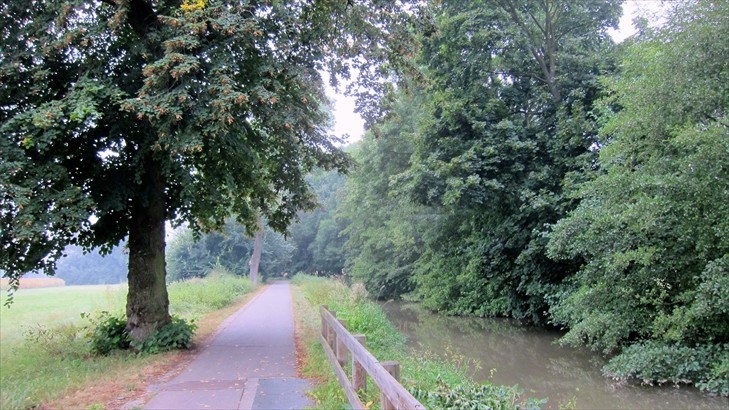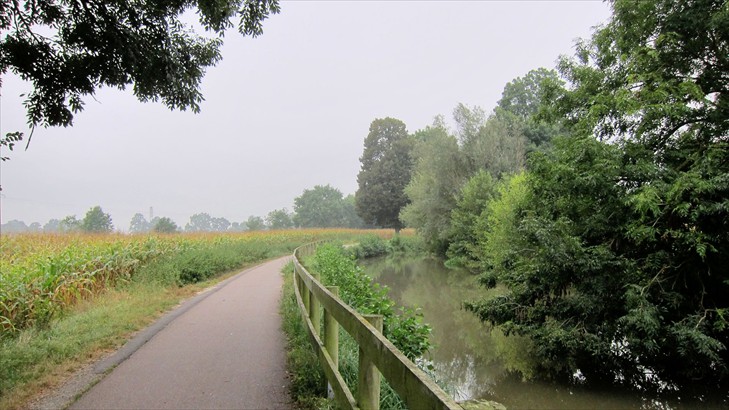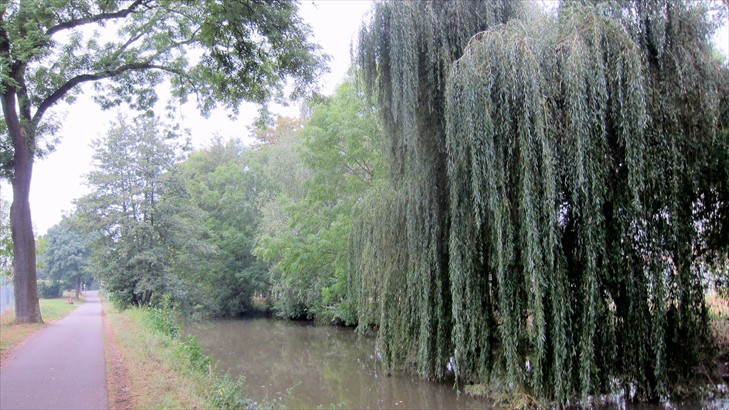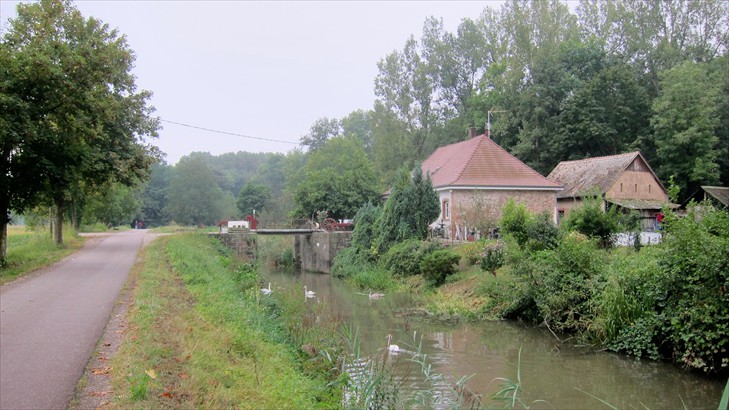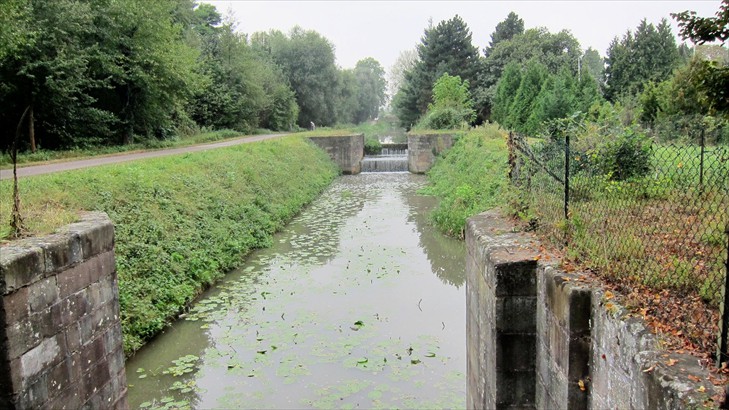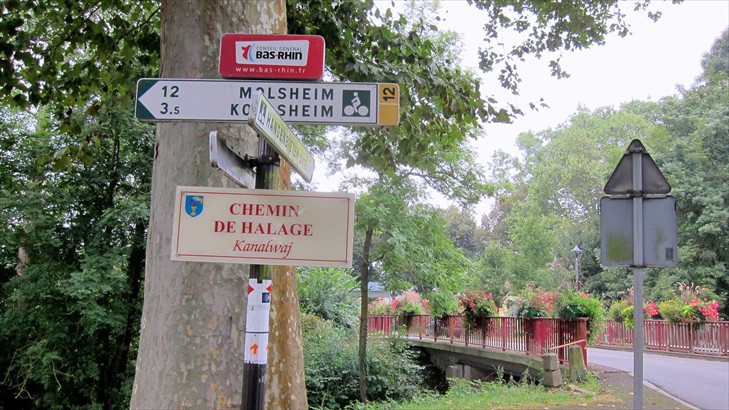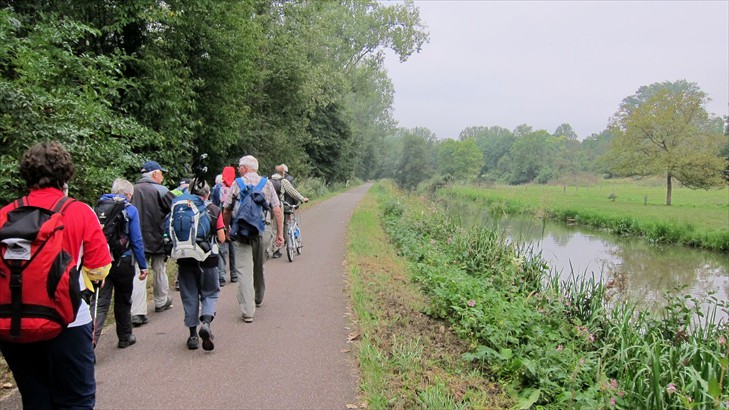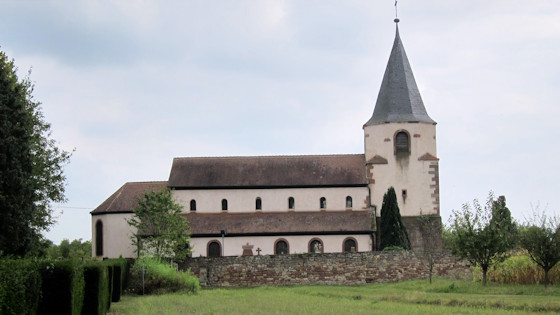From Strasbourg, the Way of St James leads along the Breusch Canal via Achenheim to Ernolsheim-sur-Bruche. There we leave the canal to walk via Rimlen with its Romanesque Saint Michel Chapel to Ergersheim and the church in Avoldsheim. From there it is a few kilometres to the stage destination Molsheim.
I put the countless photos of walking along the Breusch Canal into a slider.

After the long hike along the canal, we reach Ernolsheim.
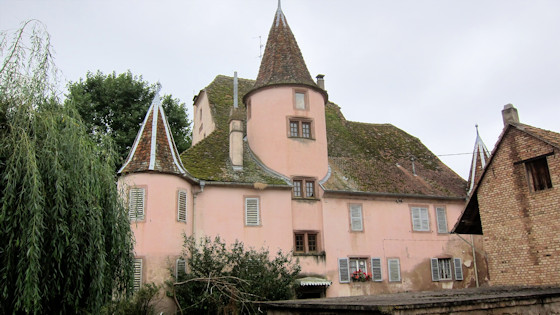
At a fast pace we pass this small castle in Ernolsheim.
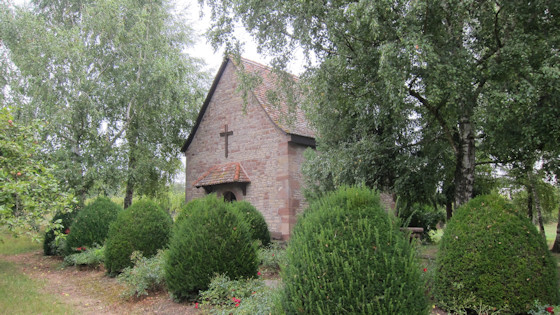
St. Michael's Chapel (Rimlenkapelle), first mentioned in 884, is the only witness to the disappeared village of Rimlenheim, which was completely destroyed in 1444 by the wild mercenary band of the Armagnacken.
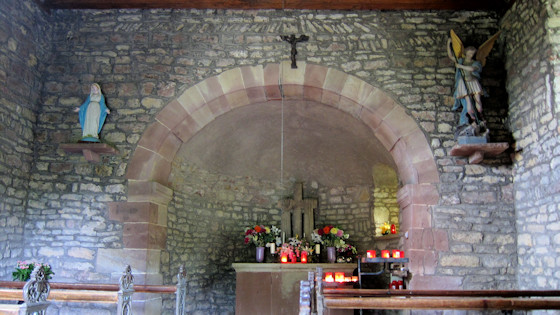
Today's chapel in the middle of the vineyards dates back to the 12th century. To commemorate the disappeared villagers, a pilgrimage is always held on 29 September, the day of St. Michael the Archangel, which ends here with a mass.
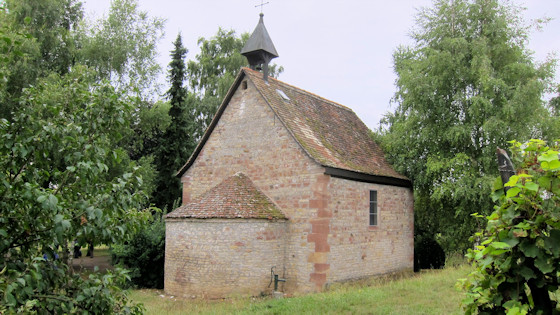
Back of the chapel with apse
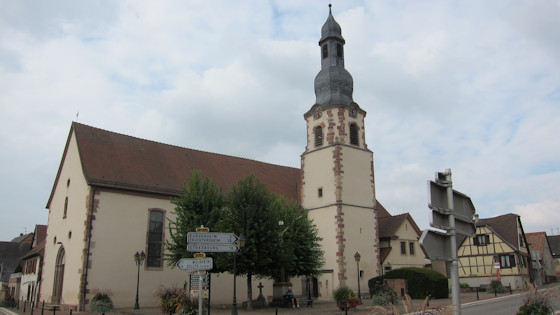
The church of Ergersheim
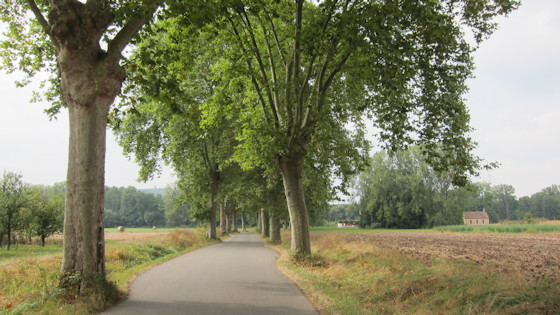
After crossing some maize fields on dirt roads, a short stretch of road to the church of Avolsheim was once again on the agenda.
This church near Avolsheim is called "Dompeter". The word comes from the Latin Domus Petri, the house of Peter. The church is the oldest country church in Alsace, according to legend founded in the 1st century by St. Maternus on a Roman road.
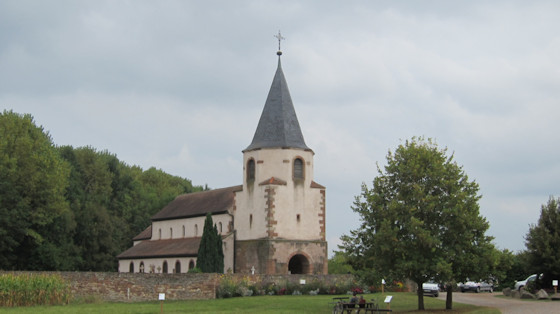
Remains of a basilica from the 7th century have been preserved. The present building was constructed in the 9th and 10th centuries, with extensions from the 11th century. The early Romanesque church, a low basilica with three naves, six pillared arcades and a three-part choir was consecrated in 1049 by Leo IX, the "Alsatian" Pope from Eguisheim.
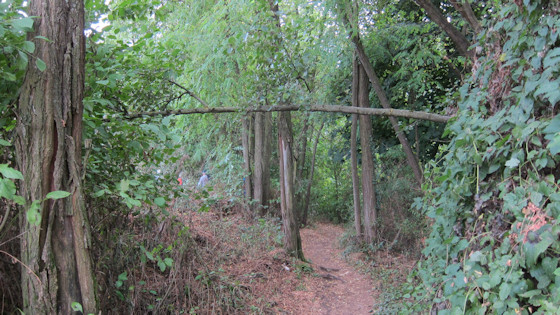
The last kilometres to Molsheim lead along romantic paths through the forest.
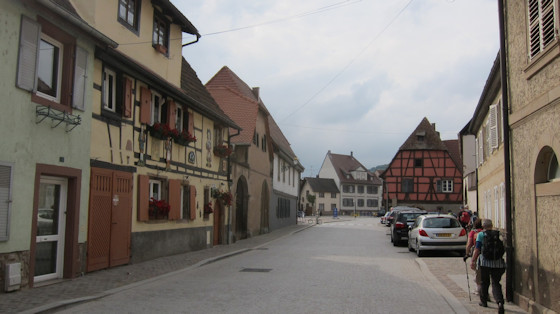
Marching into Molsheim
Molsheim, a former university and bishop's town, has a picturesque town centre with many half-timbered houses and remains of the medieval town wall from the 13th century.
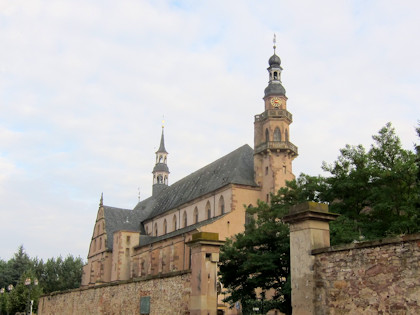

The Church of St. George and the Holy Trinity is the church of the former Jesuit College. The church, financed by Archduke Leopold of Austria, who was then Bishop of Strasbourg, was built in 1615 - 1617 and consecrated in 1618 [the beginning of the 30 - year war!
Of particular importance is the organ by Johann Andreas Silbermann from 1781. A special feature of this instrument at that time was the echo movement.
Click on the photo of the church to admire the Silbermann organ inside!
In 1618, the year the church was consecrated, the college was elevated to university status. The bishop, who had been driven out of Strasbourg by the Reformation, withdrew to Molsheim together with the cathedral chapter until 1681. During this time, Molsheim developed into the centre of the Counter-Reformation in Alsace and was thus the antithesis of Protestant Strasbourg.
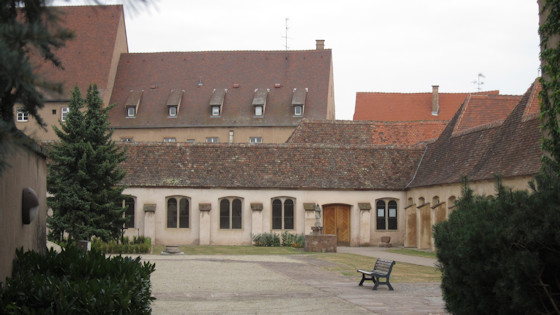
The Carthusians, who had been living in Strasbourg-Königshoffen since 1333, had to seek refuge in Molsheim due to the advancing Reformation and the intolerant attitude of the Strasbourg authorities and built a new monastery in the town. Apart from prayer and contemplation, they devoted their time to transcribing manuscripts, sculpture and artistic locksmithing.
In the first half of the 20th century, the brilliant designer Ettore Bugatti (1881-1947) had his legendary Bugatti sports cars built in Molsheim.
You can admire some Bugattis in the Bugatti Foundation, which is attached to the Karthause Museum.
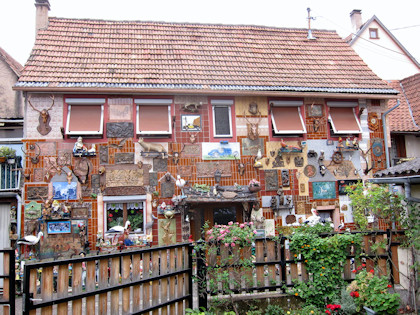
In Molsheim, I discovered this cute "kitsch house".
Click on the image for details!
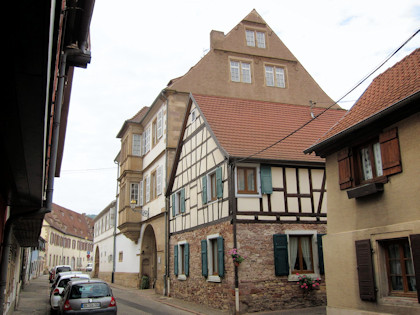
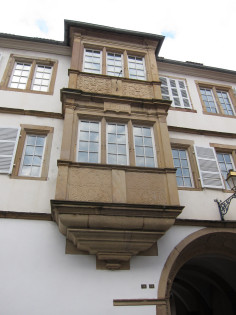
The Canon House with its beautiful bay window
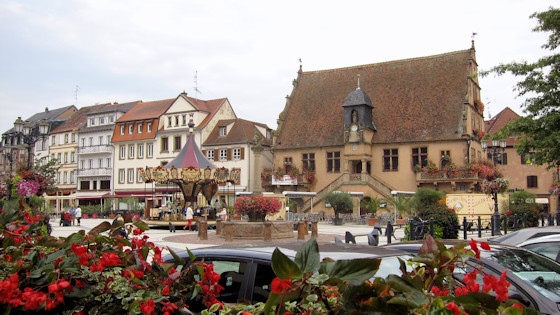
The town hall square of Molsheim
The most famous building, the "Metzig", was built in 1525 by the butchers' guild.
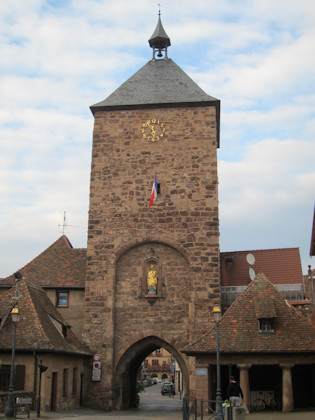
The town gate (forge tower) and parts of the town wall have been preserved.
We were very well accommodated at the Hotel du Centre and enjoyed the finest Alsatian "Bäckeoffe" (bake oven).

